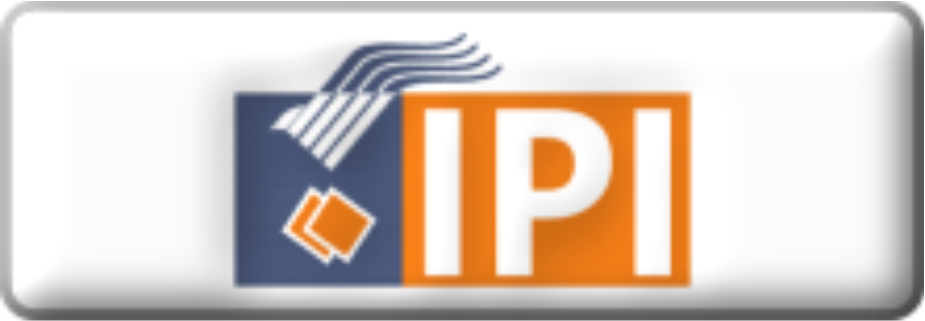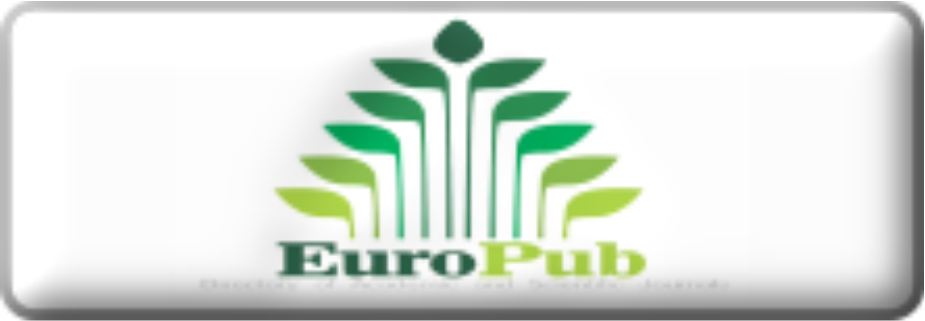Implementation of the Search, Solve, Create and Share (SSCS ) Learning Model to Improve Critical Thinking Skills
Abstract
Conceptual understanding of science subjects is very important and needs to be instilled and developed in students . The study aims to analyze students' critical thinking skills in learning with the Application of the SSCS (Search, Solve, Create, Share ) learning model . The study uses a quantitative approach, quantitative methods with the type of causality research experiment (cause and effect research). The design used in this True experiment is the pretest-posttest control group design type. The research sample was taken using the simple random sampling method. Critical thinking skills are measured by descriptive questions, and analyzed using a percentage scale. To see the difference in critical thinking skills between the experimental class and the control class, the t-test was used and to see how big the difference was, the Gain test was used. The results of the study showed that the problem-solving abilities of students who used the Application of the SSCS (Search, Solve, Create, Share ) learning model with the t-test results showed that there was a difference in critical thinking skills between the classes that applied and those that did not, indicated by the significance level showing less than 0.05, this means that Ho is rejected and Ha is accepted. This means that there is a difference in the critical thinking skills of students who use the Search, Solve, Create, Share (SSCS) model and those who do not . The difference in students' critical thinking skills is 0.83 with a high category. The impact of learning using critical thinking stages on learning, students are expected to have good critical thinking skills in solving the problems faced well.
Keywords
Full Text:
PDF (16-28)References
Ennis, Robert. 1985. The Logical Basis for Measuring Critical Thinking Skills. Educational Leadership. 43(2), 44-48.
Ennis, RH 1996. Critical thinking. Upper Saddle River, NJ: Prentice-Hall.
Erlistiani, M., Syachruroji, A., & Andriana, E. (2020). Application of SSCS (Search, Solve, Create and Share) Learning Model to Students' Critical Thinking Skills. Journal PGSD: Scientific Journal of Elementary School Teacher Education, 13(2), 161–168. https://doi.org/10.33369/pgsd.13.2.161-168
Falah, MM, Hartono, Nugroho, SE, & Ridlo, S. (2024). Socio-scientific Issues (SSI) research trends: A systematic literature review of publications 2011 – 2022. Journal of Turkish Science Education, 21 (1), 61–81. https://doi.org/10.36681/tused.2024.004
Falah, CMN (2018). The Influence of Search, Solve, Create, and Share (SSCS) Learning Model Based on Ethnoscience on Students' Critical Thinking Skills on the Concept of Environmental Pollution. Doctoral dissertation, Muhammadiyah University of Sukabumi.
Hatari, N., Widyatmoko, A., & Parmin. (2016). The Effectiveness of the Search, Solve, Create, and Share (SSCS) Learning Model on Students' Critical Thinking Skills. Unnes Science
Jumini, S. (2016). Inquiry Based Problem Based Learning reviewed from Scientific Attitude and Student Creativity. Spektra: Journal of Science Education Studies, 2 (1).
Ministry of Education and Culture. 2017. Higher Order Thinking Skill (HOTS) Question Preparation Module. Jakarta: Directorate General of Primary and Secondary Education.
Kinslow, A.T., Sadler, T.D., & Nguyen, H.T. (2019). Socio-scientific reasoning and environmental literacy in a field-based ecology class. Environmental Education Research, 25 (3), 388–410. https://doi.org/10.1080/13504622.2018.1442418
Kusmini. (2022). Efforts to Improve Student Learning Achievement Through the Application of the Search, Solve, Create, and Share (SSCS) Learning Model in Mathematics Subjects. Journal of Secondary Education Innovation, 2(3).
Lele, D,R,U., and Widyaningrum, D,A. (2021). Development of Student Worksheets (LKS) Based on the Search, Solve, Create and Share (SSCS) Learning Model on the Food Digestive System Material, Journal of Biology Education Study Program 0417, 1, 24–29. https://doi.org/10.15575/bioeduin.v12i1.22254
Munawaroh & Auliya. (2022). Experimentation of the SSCS ( Search, Solve, Create, Share ) Learning Model on Students' Critical Thinking Skills in Comparative Material at MTS Al-Hikmah Pati in the 2021-2022 Academic Year. Journal of Innovative Mathematics Learning, 5(4).
Mursyidah, R., Muharrami, LK, Rosidi, I., & Hadi, WP (2019). The Effect of the Sarch, Solve, Create and Share (SSCS) Learning Model on Participants' Generic Science Skills. Natural Science Education Research, 2 (1), 85–96.
Parmin, P., & Fibriana, F. (2019). Prospective Teachers' Scientific Literacy through Ethnoscience Learning Integrated with the Indigenous Knowledge of People in the Frontier, Outermost, and Least Developed Regions. Journal of Science Research and Learning, 5 (2), 142. https://doi.org/10.30870/jppi.v5i2.6257
Parmin, Sajidan, Ashadi, Sutikno, & Fibriana, F. (2017). Science integrated learning model to enhance the scientific work independence of student teachers in indigenous knowledge transformation. Jurnal Pendidikan IPA Indonesia, 6 (2), 365–372. https ://doi.org/10.15294/jpii.v6i2.11276
Pradani, SL, & Nafi'an, MI (2019). Analysis of Students' Problem Solving Ability in Solving Higher Order Thinking Skill (HOTS) Type Mathematics Problems. Kreano, Journal of Creative-Innovative Mathematics, 10 (2), 112–118. https://doi.org/10.15294/kreano.v10i2.15050
Priscylio, G., & Anwar, S. (2019). Integration of Natural Science Teaching Materials Using Robin Fogarty's Model for the Science Learning Process in Junior High Schools. Pijar Mipa Journal, 14 (1), 1. https://doi.org/10.29303/jpm.v14i1.966
Rosita, NT, & Yuliawati, L. (2016). Analysis of Mathematical Problem Solving Ability. Scientific Journal of Dikdaya, 6 (1), 123–128. http://dikdaya.unbari.ac.id/index.php/dikdaya/article/view/9
Sanaky, H., and Magfirah, N. (2023). The Role of the SSCS Learning Model on Science Literacy Skills. Hybrid: Journal of Science Education and Learning, 1(2), 34-39.
Sugiyono. (2006). Educational Research Methods Quantitative, Qualitative and R&D Approaches. Bandung: Alfabeta.
Suratno, Kamid, Sinabang, Y. (2020). The Effect of Implementing the Problem Based Learning (PBL) Learning Model on High-Order Thinking Skills (HOTS) Reviewed from Student Learning Motivation. Journal of Educational Management and Social Sciences, 1 (1), 127-139. https://doi.org/0.38035/JMPIS
Susilawati & Rosidah, A. (2020). SSCS (Search Solve Create and Share) Learning Model on Elementary School Students' Concept Understanding. National Seminar on Education, FKIP
Zulfikar, R., Sari, FP, Fatmayati, A., Wandini, K., Haryati, T., Jumini, S., Nurjanah, Annisa, S., Budi, O., Kusumawardhani, Mutiah, R., Linggi, AI, & Fadilah, H. (2024). Quantitative Research Methods. In Bandung: Widiana Media Utama (Vol. 7, Issue 2).
DOI: http://dx.doi.org/10.30870/gravity.v11i1.28776
Refbacks
- There are currently no refbacks.
Gravity has been indexed by:
_Kecil1.jpg)
| |
      |
| Gravity : Jurnal Ilmiah Penelitian dan Pembelajaran Fisika is publihed by Department of Physics Education, Universitas Sultan Ageng Tirtayasa jointly with Physical Society of Indonesia (PSI) | |
 | Gravity : Jurnal Ilmiah Penelitian dan Pembelajaran Fisika is licensed under a Creative Commons Attribution-ShareAlike 4.0 International License Copyright © 2020, Gravity: Jurnal Ilmiah Penelitian dan Pembelajaran Fisika. |







